Kalamazoo College announced today that one faculty member and one staff member have earned two of the highest awards the College bestows on its employees. Rosemary K. Brown Professor of Computer Science Alyce Brady received the 2023–24 Florence J. Lucasse Lectureship for Excellence in Teaching, and Custodian Laura Weber was named the recipient of the W. Haydn Ambrose Prize for Extraordinary Service to Kalamazoo College.
Brady, a co-chair of the computer science department, has served K for nearly 30 years. She teaches a variety of courses from introductory classes to advanced classes on programming languages, data structure, dynamic Internet apps and software development in a global context. Her research interests have included the application of computer science to social justice while serving as the Arcus Center for Social Justice Leadership Faculty Fellow from 2013–2015.
Over the past decade, Brady has supervised 72 Senior Integrated Projects and is currently guiding five more. She is also credited with championing student reflection through growth journals, applying a flipped-classroom format that started even before the pandemic, and receiving previous recognition through the Outstanding First-Year Advocate award.
A ceremony to confer the Lucasse Fellowship traditionally occurs in the spring term, where the honored faculty member speaks regarding their work.
Nominators credited Weber, a 10-year staff member in Facilities Management, for volunteering at student events such as Monte Carlo and Cafsgiving. She also hosts international students and refers to her former visitors as her “children,” while former students refer to her as their “mum.” One nominator wrote, “Her love language is inclusion.” Another said, “she treats everyone like family.”
The Ambrose Prize is named after W. Haydn Ambrose, who served K for more than 20 years in a variety of roles, including assistant to the president for church relations, dean of admission and financial aid, and vice president for development. Ambrose was known for being thoughtful in the projects he addressed and treating people with respect. In addition to a financial award, Weber has earned a crystal award to commemorate the achievement and an invitation to sit on the Prize’s selection committee for two years.
Congratulations to both of the honorees.
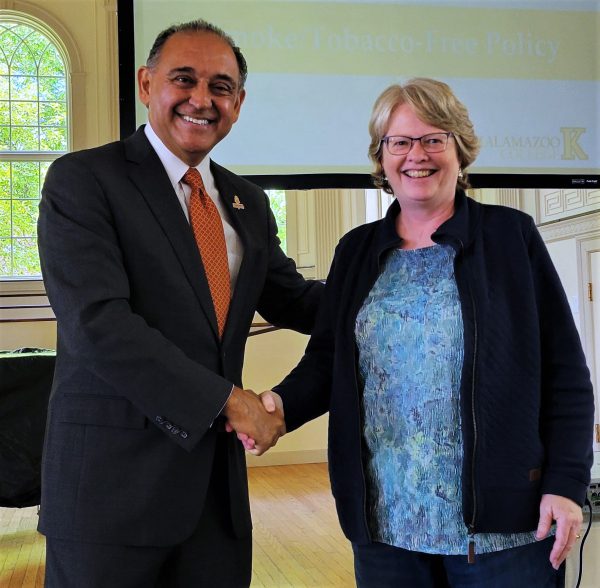
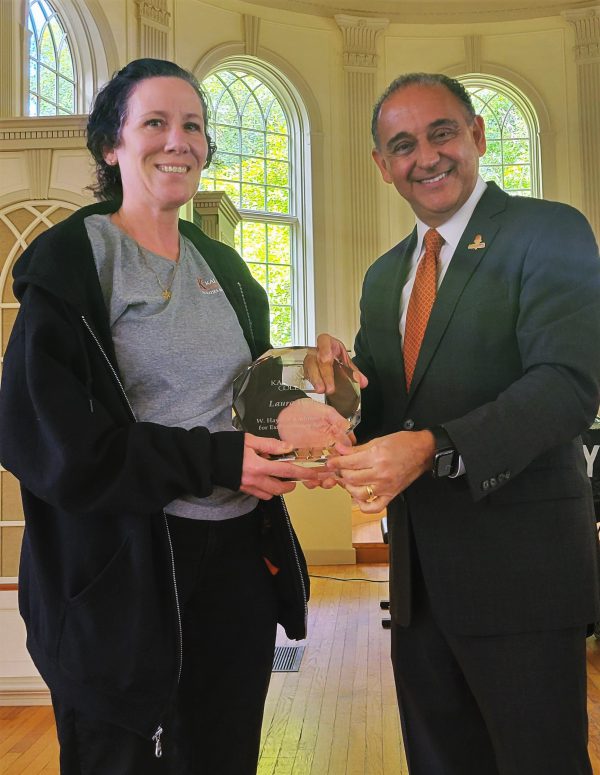


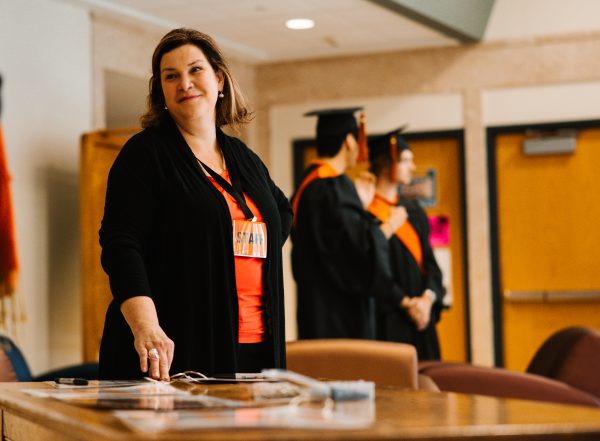

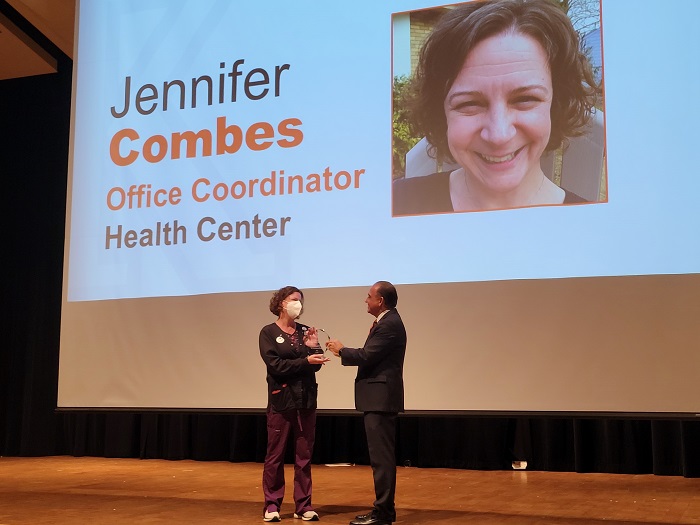
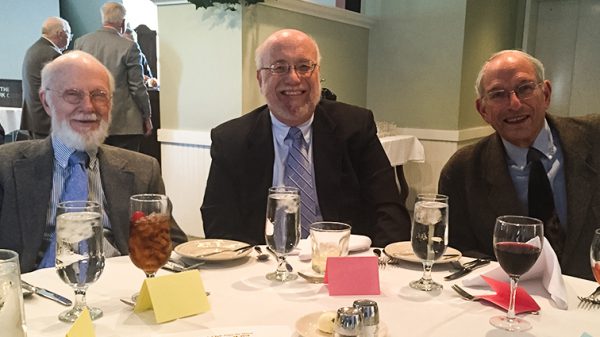


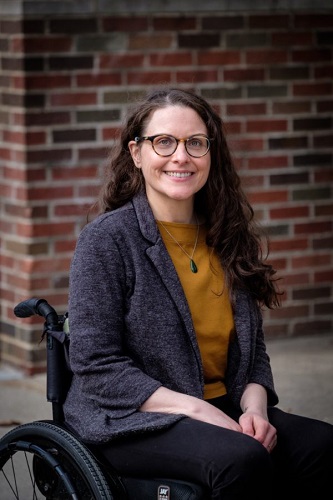
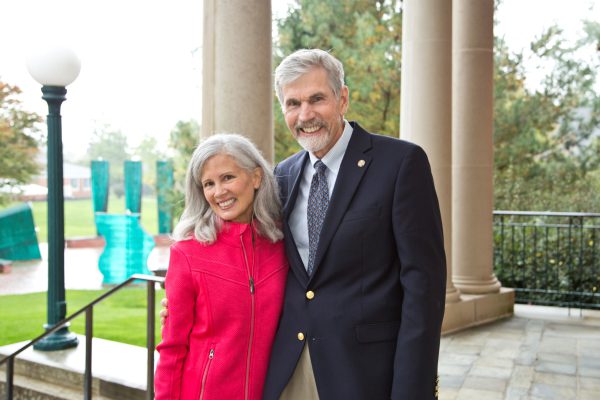
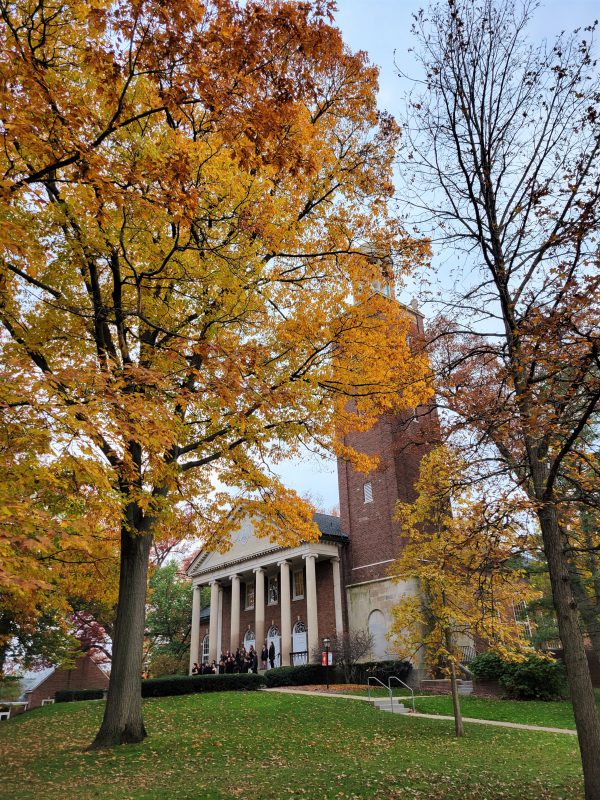

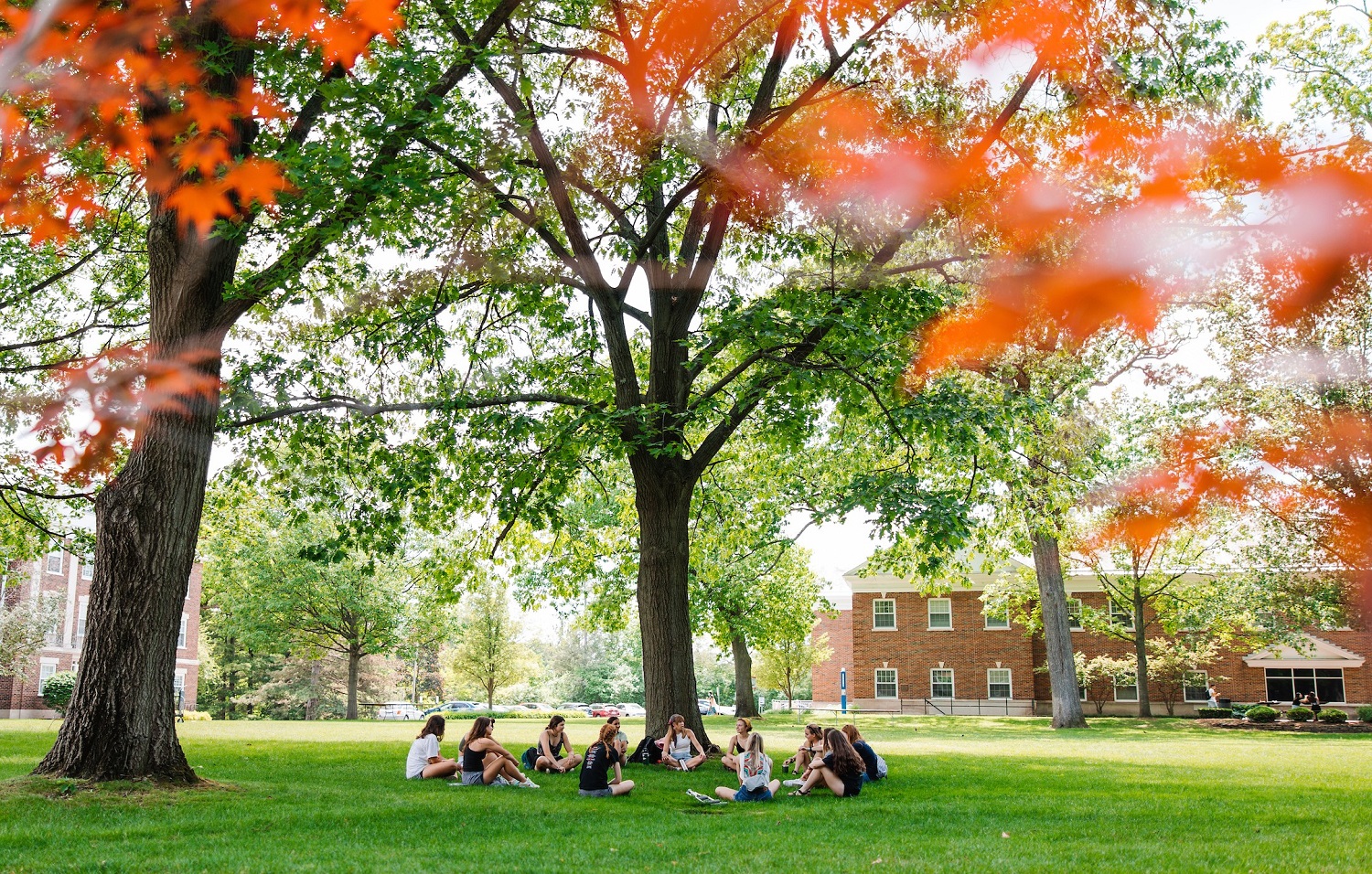

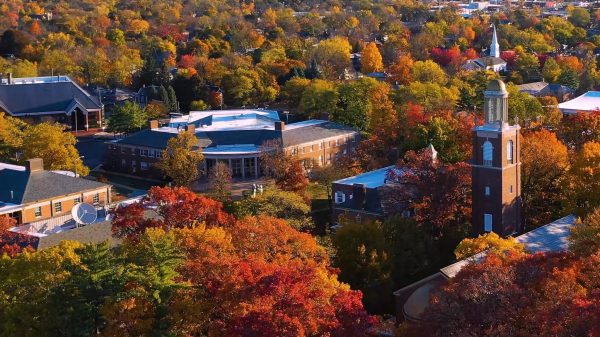

 This spring Kalamazoo College is beginning to turn green from Green Dot, and that “greening” will create a campus where the likelihood of dating and domestic violence, stalking and sexual assault decreases significantly because everybody does their part.
This spring Kalamazoo College is beginning to turn green from Green Dot, and that “greening” will create a campus where the likelihood of dating and domestic violence, stalking and sexual assault decreases significantly because everybody does their part. One great outcome of the K-Plan is an aptitude for adventure–one that lasts a lifetime, with a concomitant fearlessness of failure. Take Laura Livingstone-McNelis, class of 1989. The English major, theatre arts minor, LandSea participant (who studied abroad in the United Kingdom) has taught in the public schools, owned and administered a bed & breakfast business and, for the past four years, served as the company manager for the College’s Department of Theatre Arts and Festival Playhouse Productions. Next month you can add to that résumé the title: Playwright.
One great outcome of the K-Plan is an aptitude for adventure–one that lasts a lifetime, with a concomitant fearlessness of failure. Take Laura Livingstone-McNelis, class of 1989. The English major, theatre arts minor, LandSea participant (who studied abroad in the United Kingdom) has taught in the public schools, owned and administered a bed & breakfast business and, for the past four years, served as the company manager for the College’s Department of Theatre Arts and Festival Playhouse Productions. Next month you can add to that résumé the title: Playwright.

